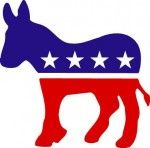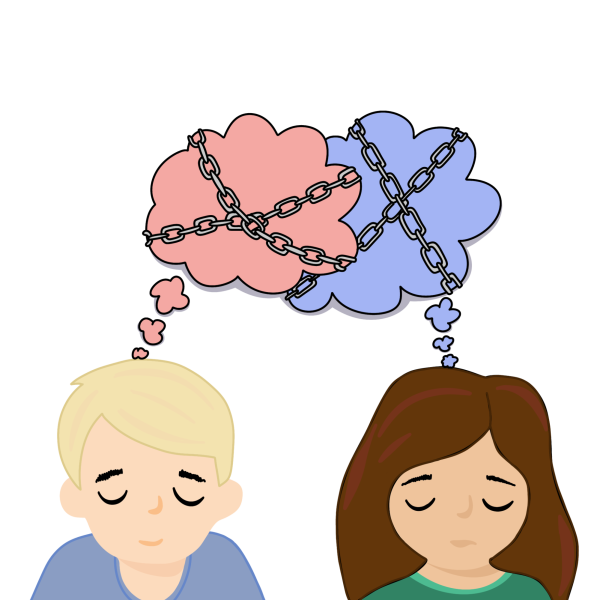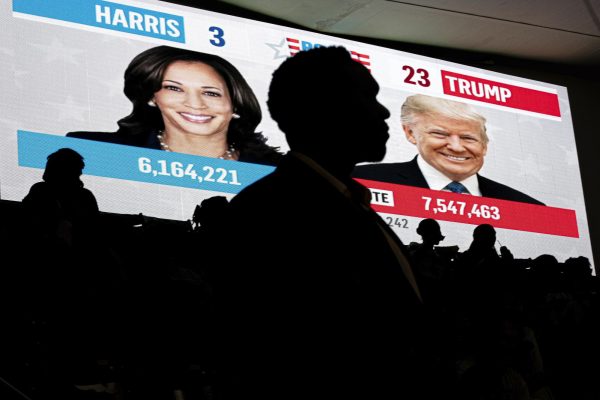What’s Left: Viral Videos and Foreign Policy

The Lord’s Resistance Army (LRA) is a renegade group in Central Africa that has been murder-ing, raping and kidnapping thousands of people with license for the past two decades. The LRA is headed by Joseph Kony, a self-proclaimed prophet who has ordered the massacres and abductions of tens of thousands of children, turning girls into sex slaves and boys into killers.
“Kony 2012 is a film and campaign by Invisible Children that aims to make Joseph Kony fa-mous, not to celebrate him, but to raise support for his arrest and set a precedent for international justice.” Upon entering the Kony 2012 website, this is the first message any viewer will see. Released on March 5, 2012, Kony 2012 is a video that seeks to raise awareness about the leader of the Lord’s Resistance Army, Joseph Kony. The 29-minute film has become a viral sensation boasting over 38 million views on YouTube just two weeks after its release. However, there has been much recent criticism of the video and the Invisible Children campaign.
The film displays images of filmmaker Jason Russell’s son and his close Ugandan-born friend, Jacob. Russell discusses how he came to know Jacob, showing clips from his 2006 documentary, Invisible Children. He declares that 2012 will be the year that the world stops the LRA and its leader, Joseph Kony. One critique of the film is that Russell does not even deeply explain the LRA or Joseph Kony and how he came to power. Advocacy and civic action are the cornerstones of democracy and are embedded within American history and culture. The advocacy portrayed and propagated by Russell, however, can be met with many critiques.
I applaud Joseph Russell and the Invisible Children campaign for their ability to mobilize mil-lions of young people around an undeniably pressing issue, especially through the aid of social media outlets. It would be a disservice to the Invisible Children campaign to say that their efforts have not raised awareness at all. Despite this, what the Kony 2012 film fails to do is ac-curately depict the conflict that continues to occur throughout Sudan and regions in the Central African Republic. Addition-ally, the Kony 2012 campaign demonizes a single person, Jo-seph Kony, instead of focusing on raising awareness about the societal structures that have led to him taking the role that he has. Russell states, “99 percent of the planet does not know who he [Joseph Kony] is.” The film’s rhetoric suggests that interna-tional communities have been turning a blind eye to this hor-rible situation. The truth is that the conflict between the LRA and Sudanese citizens and those throughout the Central Afri-can Republic has been occurring for the past 26 years. Accord-ing to the New York Times, the International Criminal Court (ICC) has officially tracked Kony since 2005. Since 2008, UN peacekeepers and the Ugandan military have been hunting and tracking the LRA’s every move. It seems that these vast human rights violations have been the focus of many countries around the world, contrary to Russell’s assertions.
Since 2008, the LRA has abducted more than 3,400 civil-ians and has displaced over 400,000 people from their homes. As a foreign policy issue, Kony 2012 presents a glaring ques-tion: why are we not focusing on the structures that led to Jo-seph Kony coming to power such as weak governance, underdevelopment and conflict? Instead of educating viewers about said structures, the Kony 2012 video does an extreme disservice to our traditions of advocacy and efficacy. The film undermines a complex issue to portray this conflict in an overly simplistic way. It essentially tells viewers that by purchasing an activist toolkit filled with bracelets, buttons, posters and stickers that they can stop Joseph Kony. Viewers are also asked to contact celebrity culture makers including George Clooney, Angelina Jolie and Taylor Swift and policymakers like former president George W. Bush, former presidential candidate John Kerry and former Secretary of State Condoleezza Rice, to plead their case.
Kony 2012 only skims the surface of what is an extremely complex issue and, in doing so, can lead to a general misunderstanding of the issue. We understand the implications of hasty decision-making, especially when it comes to foreign policy: in December 2008, the United States sup-ported a failed Ugandan military raid on Kony’s camp, which triggered the slaughter of innocent civilians. Stopping Kony is only one part of a larger solution. We also must remember to represent the stories of others accurately and to utilize the insight of individuals living their daily lives in the regions of the Democratic Republic of Congo, the Central African Republic and South Sudan. Activism is important, but oversimplified and misguided activism will not truly end this conflict nor will it strengthen United States foreign policy in regards to this issue.
Contact Dena Robinson at [email protected].





